Tribal museums in India offer a fascinating glimpse into the diverse cultures and traditions of the country’s indigenous communities. These museums serve as vital spaces for preserving the rich heritage of tribal life, from traditional arts and crafts to rituals and daily practices. Through their exhibits, visitors can discover the strong bond between tribes and the land they inhabit. The displays showcase the unique customs, languages, and histories that define their way of life. These act as educational resources and promote understanding and respect for the traditions that have endured for centuries.
10 Famous Tribals Museums In India
Here is a list of famous tribal museums in India that provide insightful perspectives into the diverse cultures and traditions of the country’s Indigenous communities:
1. Bhagwan Birsa Munda Museum
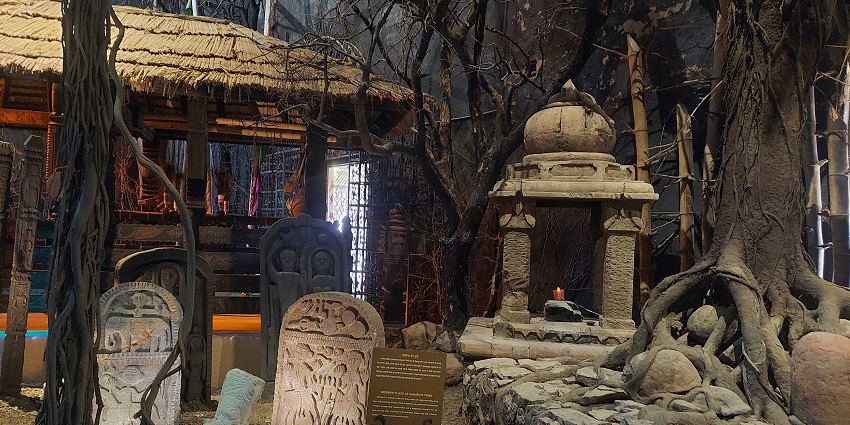
Photo: NAZAARAEY / Wikimedia Commons / Image For Representation Only
Bhagwan Birsa Munda Museum is dedicated to the life and contributions of Birsa Munda, a legendary figure in India’s tribal history. It is a famous tribal museum in India and focuses on his role in the freedom movement and his efforts to preserve tribal culture. The museum’s exhibits include traditional tribal artefacts, tools, and items that showcase the lifestyle of various communities. The museum’s design reflects the indigenous architectural styles, making it a space for education and a visual representation of tribal heritage. Visitors can also explore the impact of Birsa Munda’s leadership on the modern tribal rights movement.
Location: Ranchi, Jharkhand
Timings: 10 AM – 4:30 PM
Entry Fee: ₹20
2. Madhya Pradesh State Tribal Museum
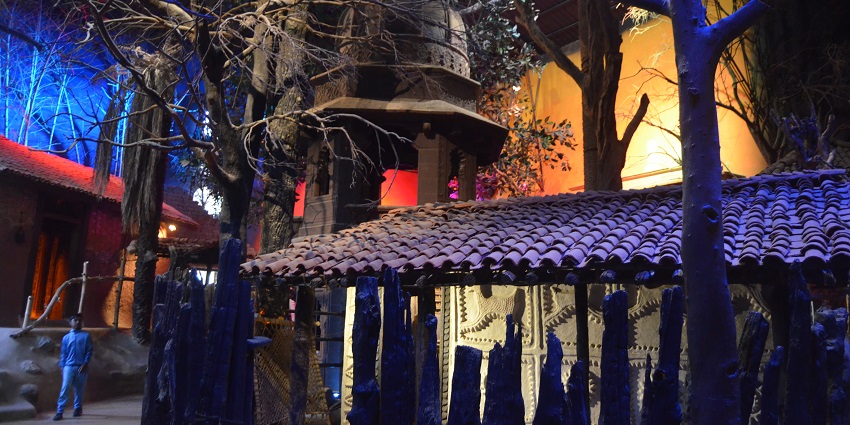
Photo: NAZAARAEY / Wikimedia Commons
The Madhya Pradesh State Tribal Museum is one of the best tribal museums in India, It offers a unique insight into the cultural richness of the region’s tribal communities. It stands out with its six thematic galleries, each focusing on different aspects of tribal life. One gallery is dedicated to traditional tribal homes, showcasing how communities use natural materials to construct their dwellings. Another focuses on the art of tribal festivals, with displays of vibrant costumes, masks, and musical instruments used in rituals. The museum also highlights the varied art forms of local tribes, including intricate paintings and wood carvings.
Location: Bhopal, Madhya Pradesh
Timings: 12 PM – 8 PM
Entry Fee: ₹20 for Indian citizens and ₹400 for foreign citizens
3. Odisha State Tribal Museum
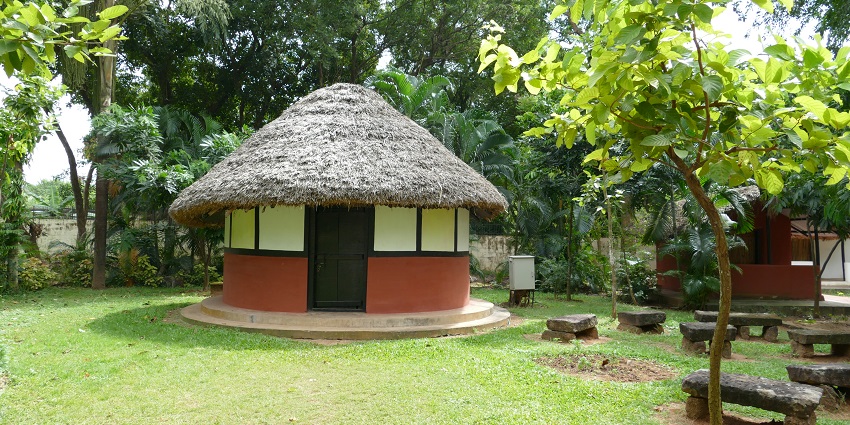
Photo: Kritzolina / Wikimedia Commons
The Odisha State Tribal Museum is one of the best tribal museums to visit in India. It offers a deep dive into the state’s rich indigenous heritage. It showcases an impressive range of tribal artefacts, including textiles, jewellery, and wooden carvings, each representing the distinct cultures of Odisha’s diverse tribal communities. The museum also exhibits traditional masks and wooden sculptures, highlighting the intricate artistry of local tribes. There are also exhibits on tribal festivals, music, and dance, vividly portraying the region’s cultural life. Visitors can engage with interactive displays, making it a must-visit destination for culture enthusiasts.
Location: Bhubaneswar, Odisha
Timings: 10 AM – 5 PM
Entry Fee: ₹10 for Indians and ₹100 for foreigners
4. Araku Tribal Museum
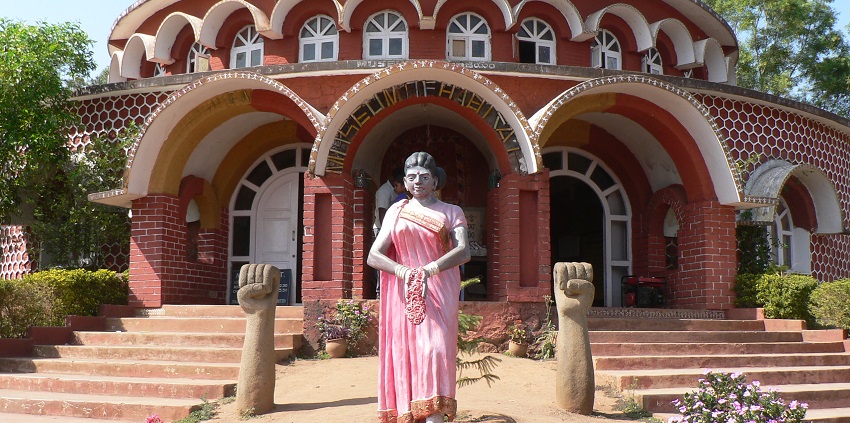
Photo: thotfulspot / Wikimedia Commons
The Araku Tribal Museum is one of the best tribal museums to visit in India. It offers an immersive experience of the lifestyle and traditions of the indigenous communities of the Araku Valley. The museum showcases a rich collection of tribal crafts, traditional clothing, and everyday tools local tribes use. One of its key highlights is the display of sustainable farming practices, which have been integral to the tribes’ way of life for generations. The museum also showcases the tribes’ rituals, community life, and beliefs. This provides visitors with an insight into how they have maintained their cultural heritage.
Location: Araku Valley, Andhra Pradesh
Timings: 10 AM – 6 PM
Entry Fee: ₹50 for adults, ₹30 for children
5. Living And Learning Design Centre
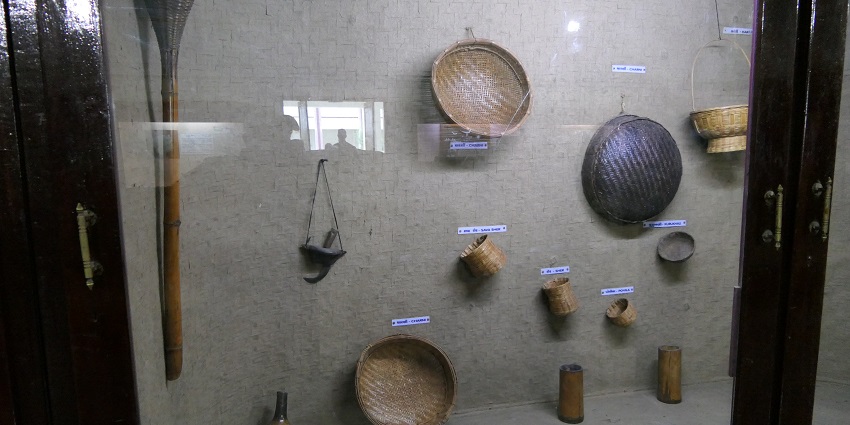
Photo: Dinesh Valke / Wikimedia Commons / Image For Representation Only
The Living and Learning Design Centre focuses on preserving tribal embroidery and textile traditions, especially those crafted by women artisans. The museum highlights the intricate weaving and stitching techniques used by various tribal communities. It serves as a museum and an educational space, offering workshops where visitors can try their hand at traditional craft-making. This initiative helps preserve the art forms and empowers local women by providing them with a platform for sustainable development. The centre offers a unique opportunity to learn about these crafts’ cultural significance and role in tribal life.
Location: Kutch, Gujarat
Timings: 10 AM – 6 PM
Entry Fee: ₹100 for adults, ₹20 for children
6. Don Bosco Centre For Indigenous Cultures
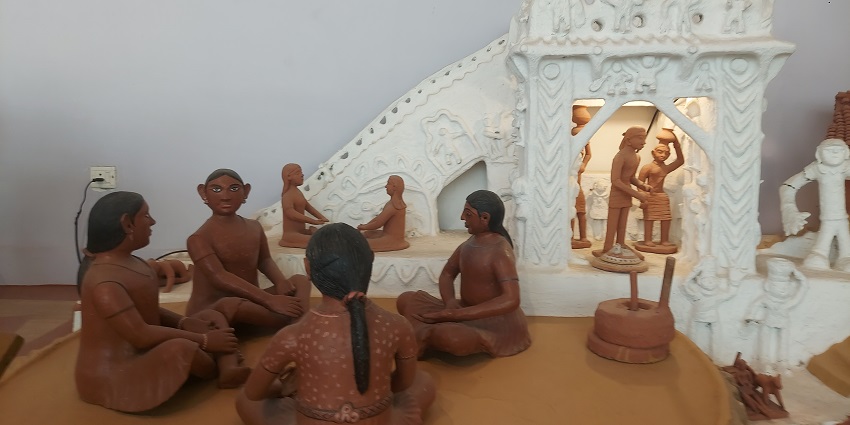
Photo: Shreya.Bhopal / Wikimedia Commons / Image For Representation Only
The Don Bosco Centre for Indigenous Cultures is dedicated to preserving the rich cultural heritage of Northeast India’s tribal communities. The museum spans seven floors and offers a comprehensive collection of tribal artefacts. It showcases the region’s diverse art, crafts, and traditions. Exhibits include carefully designed clothing, traditional tools, and ritual items, highlighting the region’s varied tribal groups. The museum also promotes awareness of these indigenous cultures through cultural events and educational programmes. This helps visitors appreciate the deep connection these communities have to their land and customs. It serves as both a cultural repository and an educational space for the public.
Location: Shillong, Meghalaya
Timings: 9:30 AM – 5:30 PM
Entry Fee: ₹100 for adults, ₹200 for foreigners
7. Keylong Tribal Museum
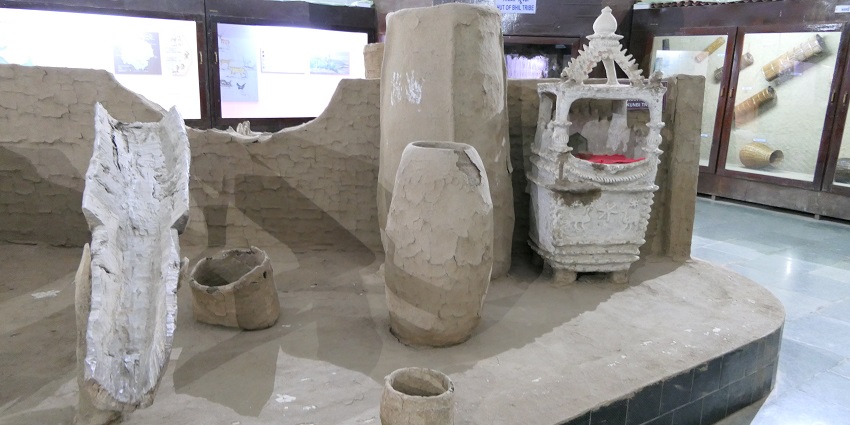
Photo: Dinesh Valke / Wikimedia Commons / Image For Representation Only
The Keylong Tribal Museum provides a fascinating look into the tribal communities of the Lahaul and Spiti regions. It showcases traditional clothing, tools, ornaments, and household items integral to these communities’ daily lives. The museum offers insights into the spiritual beliefs, rituals, and customs that shape the lives of the local tribes. The exhibits also focus on the challenges these tribes face in preserving their cultural practices in the modern world. By highlighting their resilience, the museum plays an important role in safeguarding these traditions and raising awareness.
Location: Keylong, Himachal Pradesh
Timings: 8 AM – 5 PM
Entry Fee: Free
8. Royal, Heritage, Adivasi, Toran And Tridev Museum
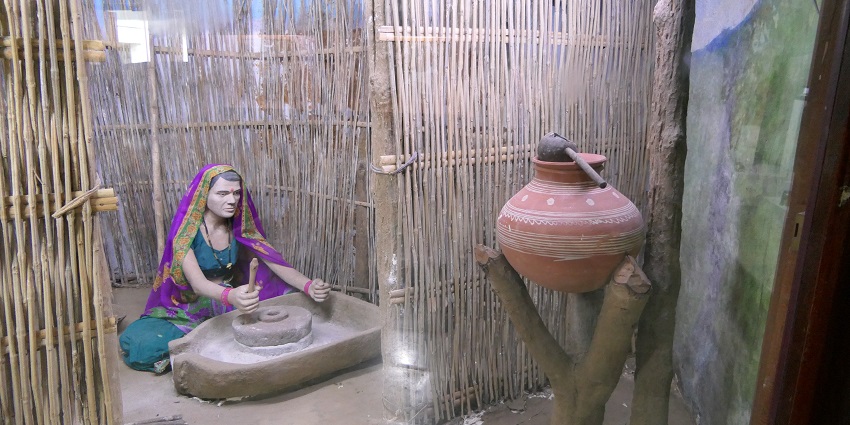
Photo: Dinesh Valke / Wikimedia Commons / Image For Representation Only
The Royal, Heritage, Adivasi, Toran, and Tridev Museum offers a fascinating insight into Gujarat’s tribal and royal heritage. The museum focuses on the Gohil Dynasty, displaying a range of personal and ancestral collections that showcase the family’s history. Visitors can learn about the tribal communities of the region, with exhibits highlighting their traditions, lifestyle, and artistic skills. A special section on Toran explains the cultural importance of decorative arches in Indian traditions. The Tridev exhibit also looks into the tribal belief system and the worship of gods, adding depth to the museum’s exploration of local culture.
Location: Rajpipla, Gujarat
Timings: 9 AM – 7 PM
Entry Fee: ₹40
9. Raipur Tribal Museum

Photo: Ardour art / Wikimedia Commons / Image For Representation Only
The Raipur Tribal Museum offers a unique look into the rich cultures of Chhattisgarh’s indigenous tribes. It showcases various tribal art, such as Pithora paintings and Dokra metalwork, highlighting the craftsmanship passed through the generations. The museum also displays traditional tools and musical instruments, including Dhols and Mandars, which are still used today. A key feature of the museum is its focus on the tribes’ spiritual beliefs and rituals, offering insight into how they connect with nature and the divine. The museum plays an important role in preserving these cultural practices for future generations.
Location: Raipur, Chhattisgarh
Timings: 10 AM – 5 PM
Entry Fee: ₹20
10. Manipur State Museum

Photo: wal_172619 / Pixabay / Image For Representation Only
The Manipur State Museum, established in 1969, offers a comprehensive insight into the region’s rich cultural heritage. It houses a diverse collection of artefacts, including tribal ornaments, Meitei jewellery, headgear, agricultural tools and domestic items. There are hunting equipment, smoking pipes, terracotta pottery, gold and silver utensils, polo saddlery, traditional water pipes, Meitei textiles and much more. The museum also showcases the royal Howdah used by King Sir Churachand Singh, providing a glimpse into the regal history of Manipur.
Location: Near Imphal Polo Ground, Imphal, Manipur
Timings: 10 AM – 4:30 PM; closed on Mondays and public holidays
Entry Fee: ₹10 for adults; ₹5 for school children
Tribal Museums in India offer an insightful journey into the vibrant cultures and rich histories of the country’s indigenous communities. These museums preserve traditions, art, and rituals, showing the deep connection between tribal life and their environment. Explore these remarkable museums to learn more about India’s tribal heritage. Book your trip with TripXL and discover the diverse world of tribal museums.
Cover Photo: NAZAARAEY / Wikimedia Commons


 WhatsApp
WhatsApp
 Twitter
Twitter









